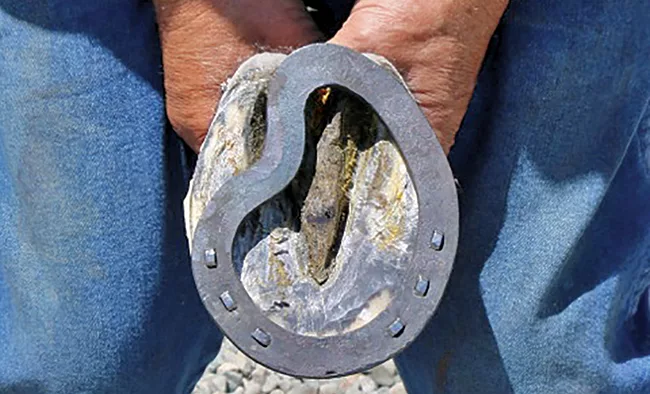American Farriers Journal
American Farriers Journal is the “hands-on” magazine for professional farriers, equine veterinarians and horse care product and service buyers.

A: The selection of therapeutic shoes does not play a dominant role in the overall practice of therapeutic farriery. More important is the farrier’s ability to evaluate foot conformation and hoof capsule distortions, the skill to apply good basic farriery — especially the appropriate trim — and an understanding of the biomechanical aspects of the foot.
There are a plethora of therapeutic shoes on the market today, all purported to treat various foot conditions; most have limited clinical proof as to efficacy. Yet most of these therapeutic shoes do not take into consideration the horse’s history, the conformation of the foot, the trim, the horse’s use and the footing on which it works. And for the most part, these shoes are quite expensive.
Just for example, if we consider footing, therapeutic shoes with a wide toe or a wide branch will only exert a flotation effect on a deformable surface and a Z-bar shoe will only have a flotation effect on a hard surface. The appropriate trim, utilizing consistent anatomical guidelines associated with the correct size and placement of the shoe, may be all that’s required to resolve a myriad of hoof problems. However, if the hoof structures are compromised or if additional biomechanics are necessary; this can be provided by a horseshoe.
Shoes maintain, protect and complement what has been trimmed. They also can provide biomechanical properties such as increasing the ground surface of the foot, decrease concussion…